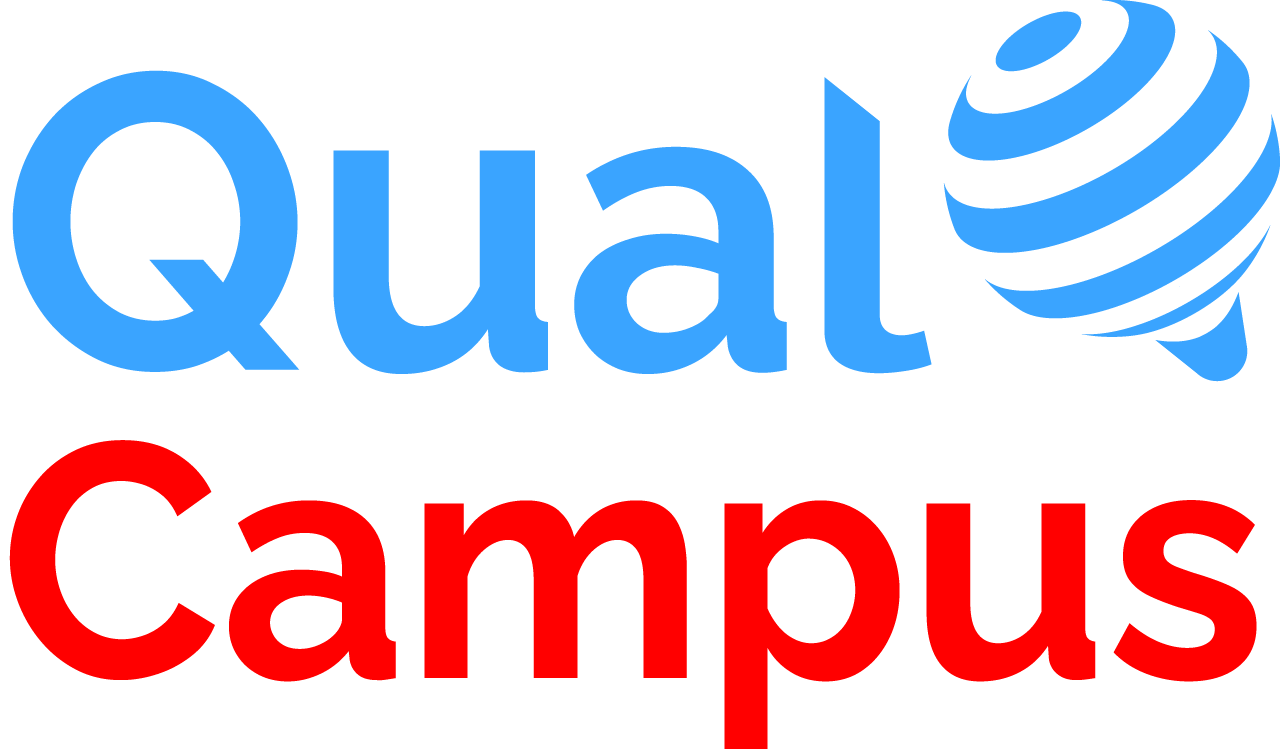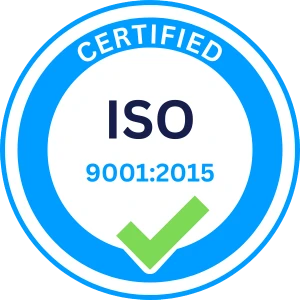In the ever-evolving landscape of education, one crucial aspect remains constant: the importance of attendance. Attendance tracking plays a pivotal role in educational institutions, from elementary schools to universities. It’s not just about recording who is present or absent; it’s a fundamental part of effective education management.
With the advent of technology, the traditional paper-and-pen method of attendance tracking has evolved into sophisticated systems known as Attendance Management Systems (AMS).
Table of Content
-
What is the Attendance Management System for Educational Institutes?
-
Features of a Student Attendance Management System
-
Why an Attendance Management System?
-
Benefits of Attendance Management Systems
-
Types of Attendance Management Systems
-
How does an Attendance Management System work
-
How does QualCampus help you manage attendance for your institute?
What is the Attendance Management System for Educational Institutes?
An Attendance Management System (AMS) is a comprehensive software solution designed to automate the process of tracking and managing student attendance. It replaces traditional manual attendance methods with an efficient, digital solution. This technology can be customized to meet the specific needs of educational institutions, making it an indispensable tool for modern educators.

Features of a Student Attendance Management System:
One of the defining characteristics of an AMS is its rich set of features. These features are designed to streamline attendance recording, provide real-time updates, and notify stakeholders about absences.
Let’s delve into some of the core features:
Recording Attendance:
AMS enables educators to record attendance quickly and accurately. It eliminates the need for manual data entry and minimizes errors. With digital roll calls, students can be marked present or absent with a few clicks, saving valuable class time.
Real-time Updates:
Perhaps one of the most significant advantages of an AMS is the real-time information it provides. Educators, students, and parents can access attendance data instantly. This feature enhances transparency and facilitates immediate intervention when necessary.
Absence Notifications:
AMS sends automated notifications to parents or guardians if a student is marked absent. These notifications are a valuable tool for keeping parents informed and students accountable for their attendance.
Why an Attendance Management System?
Why is it necessary for educational institutions to adopt an Attendance Management System? The answer lies in the pursuit of efficiency and improved learning outcomes. An AMS offers various benefits that extend beyond traditional attendance-taking methods.
Benefits of Attendance Management Systems:
Implementing an AMS can lead to several benefits for educational institutions:
Enhanced Accuracy: AMS eliminates the risk of human error in recording and calculating attendance.
Improved Communication: It fosters better communication between educators, students, and parents.
Resource Optimization: An AMS helps allocate resources more efficiently, such as scheduling substitute teachers for absent educators.
Enhanced Accountability: Students become more accountable for their attendance, leading to better attendance records.
Data-driven Decision Making: Attendance data can be used for data analysis, leading to more informed decisions.
Paper Reduction: AMS significantly reduces the consumption of paper, contributing to environmental conservation.
Time Efficiency: It saves valuable class time, which would have been spent on manual attendance taking.
Types of Attendance Management Systems:
Several types of AMS are available, each with unique features and capabilities. Three common types include:
- RFID Attendance Management System
- Biometric Attendance Management System
- Mobile App-based attendance management systems
Each type has its strengths and applications, depending on the specific needs of an educational institution.
How does an Attendance Management System work:
An AMS streamlines the process of attendance management by replacing manual data collection with digital automation. The workflow typically involves:
Capturing attendance data using the chosen technology (e.g., biometric devices, RFID, or mobile apps).
Storing attendance data securely in a centralized database.
Processing data to generate reports, statistics, and notifications.
Providing real-time access to authorized users, such as educators, students, and parents.

How does QualCampus help you manage attendance for your institute?
Among the various AMS solutions available, QualCampus stands out as a powerful tool designed specifically for educational institutions. Here’s how QualCampus can enhance your institution’s attendance management:
Customization: QualCampus offers a high degree of customization to match the unique needs of each institution. It can be tailored to accommodate various attendance recording methods.
Integration: It seamlessly integrates with other systems, ensuring that attendance data flows harmoniously with other administrative and academic processes.
Data Security: QualCampus prioritizes data security and privacy, safeguarding sensitive attendance information.
Reporting and Analytics: It provides comprehensive reporting and analytics features, enabling institutions to derive insights from attendance data.
Parent and Student Portals: QualCampus informs parents and students with dedicated portals and notifications.
Conclusion:
In conclusion, Attendance Management Systems are indispensable tools for modern educational institutions. They bring efficiency, accuracy, and transparency to attendance tracking. As educational institutions continue to adopt technology-driven solutions, the advantages of an AMS like QualCampus become increasingly evident. Implementing an AMS is an investment in the future of education, contributing to improved learning outcomes and institutional efficiency.









